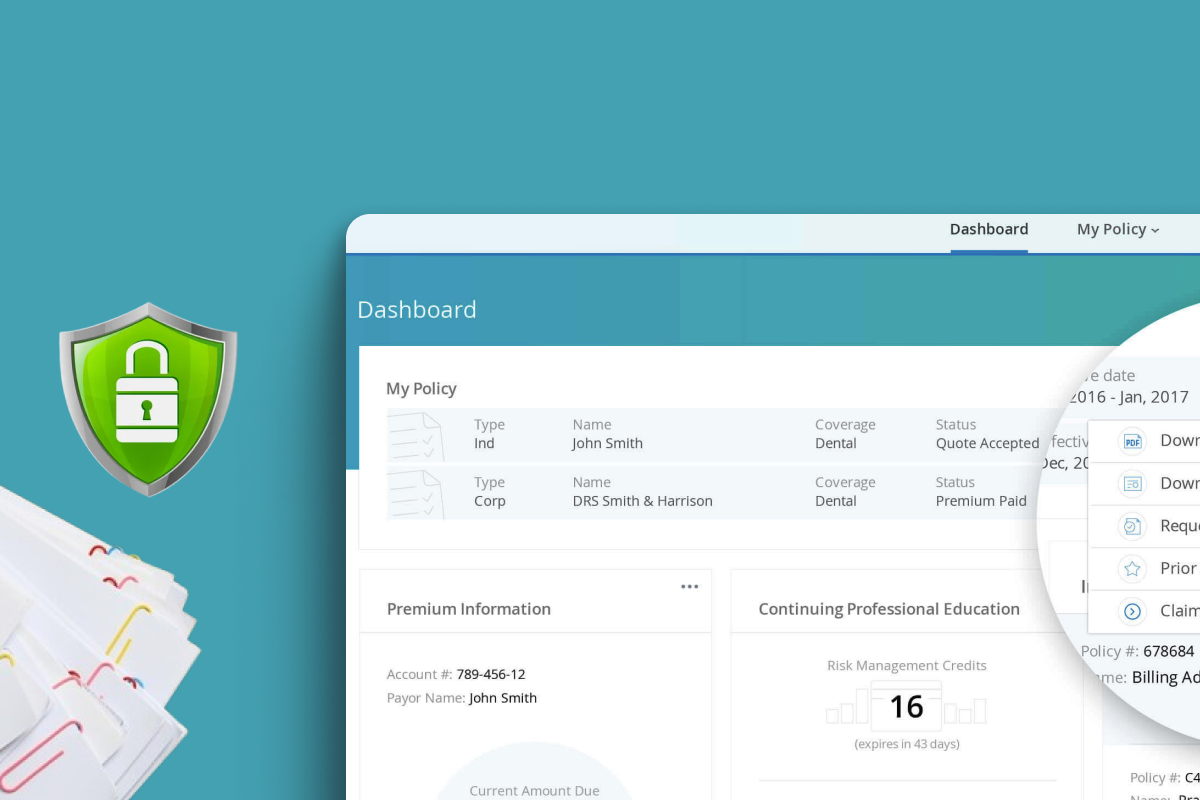All Technologies Used
Motivation
The client, a leading healthcare liability insurance company, struggled with the time-consuming preparation of marketing materials for sales agents and distributors. The goal was to automate the creation of promotional microsites, delivering personalized offers and real-time statistics, thereby optimizing workflows, reducing manual work, and allowing teams to focus on strategy and customer engagement.
Main Challenges
The client managed over a million pages in Liferay, but the search and retrieval processes were inefficient, making it difficult for agents to find relevant marketing content quickly. Azati analyzed the Liferay setup, optimized search indexing, implemented advanced filters, and created clear navigation patterns to drastically improve access to content.
Data was stored in multiple state-specific databases and manually processed, which was slow and error-prone. Azati developed a robust ETL pipeline that automated extraction, transformation, and loading of data into Liferay, ensuring accuracy and timeliness for microsite generation.
Sensitive insurance data needed to be securely managed and accessed only by authorized personnel. Azati implemented role-based access controls, encrypted sensitive fields, and integrated security checks into portlets, ensuring compliance and protecting confidential information.
The client required insights into how marketing materials performed across distributors. Azati created a performance dashboard that tracked engagement metrics, time spent on pages, and device usage, enabling data-driven improvements and reporting.
Our Approach
Want a similar solution?
Just tell us about your project and we'll get back to you with a free consultation.
Schedule a callSolution
Automated Data Extraction
- Daily automated ETL processing
- Error handling and data validation
- Consistent data across all microsites
- Support for multiple database types
Customizable Microsites
- Custom branding and headlines
- Dynamic content based on audience
- Template management
- Real-time microsite generation
Real-Time Personalization
- Geo-based content updates
- Target audience personalization
- Dynamic offer adjustments
- Automated content refresh
Performance Analytics
- Engagement metrics tracking
- Device and session analytics
- Visual performance dashboards
- Reporting for strategy improvement
Business Value
Accelerated Microsite Creation: The automated tool reduced the time to generate marketing microsites by 5x, enabling agents to focus on strategic initiatives.
Personalized Client Engagement: Distributors can deliver tailored, real-time offers, increasing customer satisfaction and conversion rates.
Enhanced Marketing Efficiency: Automated data extraction and microsite generation minimized manual work, improving workflow efficiency by 50–70%.
Data-Driven Insights: Performance dashboards provide real-time analytics on microsite engagement and effectiveness, supporting informed marketing decisions.









